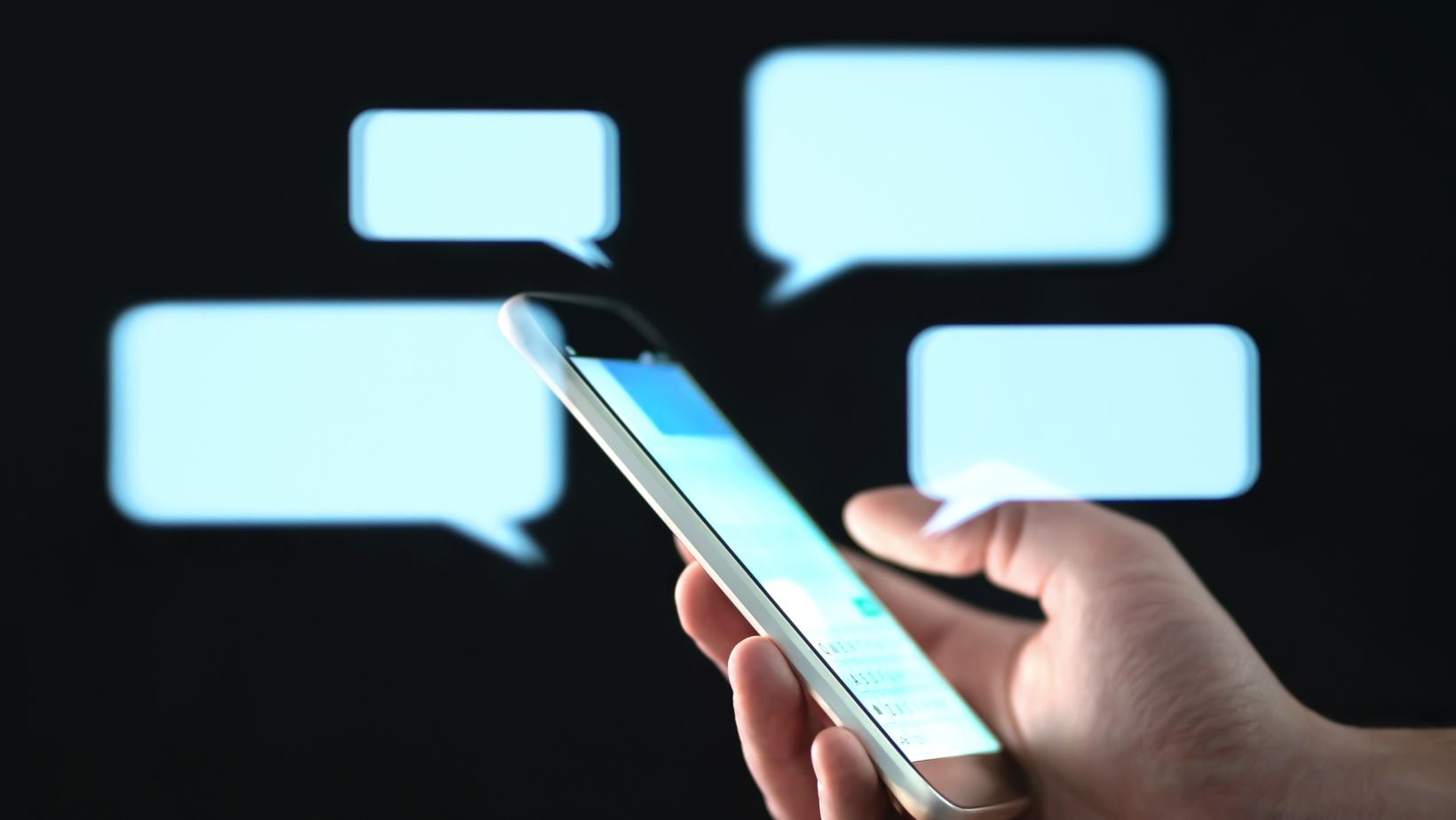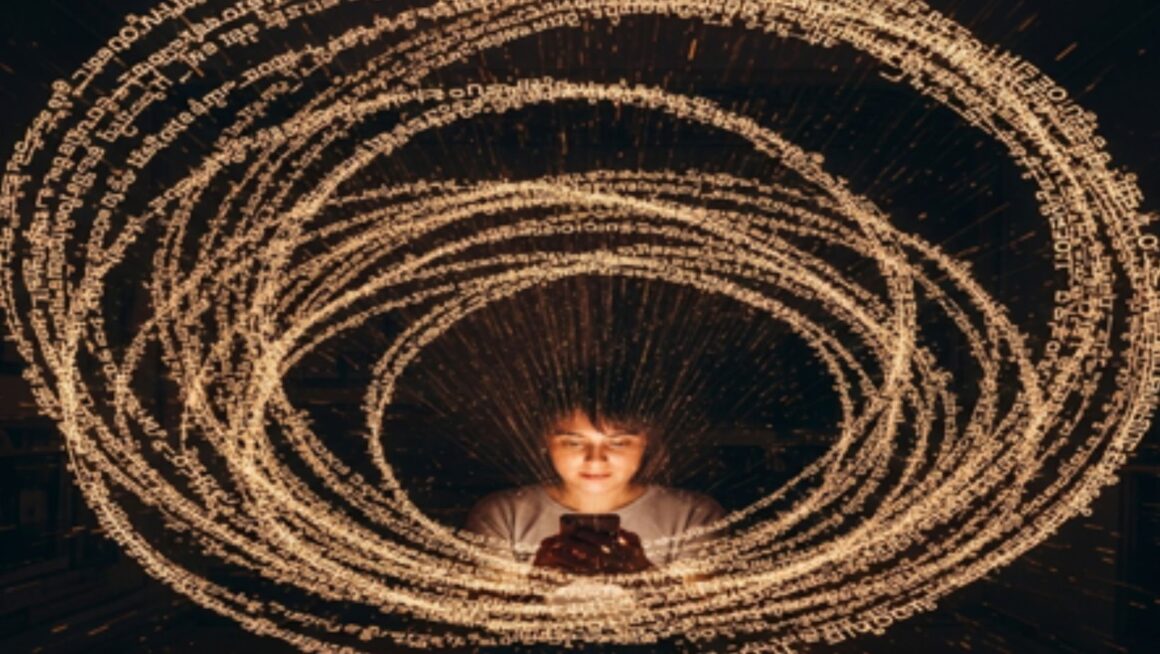It’s 2 AM. You have to be up in four hours. But you can’t stop. “Just one more episode,” you tell yourself, as the Netflix countdown timer for the next episode of your favorite show ticks down. It’s a familiar feeling for millions: the irresistible pull of a good story, a world you can’t bear to leave.
Now, imagine that same feeling, but a hundred times more potent. Imagine if, instead of just watching the story, you were the main character. Imagine if, instead of the plot being fixed, you could steer it in any direction you desire. Imagine if the story never, ever had to end.
This is the psychological power of modern AI chat. It has taken the addictive, binge-worthy formula of streaming television and supercharged it with the power of interactivity. It’s a narrative black hole, and understanding its gravitational pull is key to understanding the future of entertainment.
The AI Chat Binge: At a Glance
What It Is: The psychologically compelling, highly immersive experience of engaging in a long-form, narrative-driven conversation with an AI, often lasting for hours.
Why It Works: It combines the proven dopamine loop of a serialized story with the powerful agency of being the main character, creating a uniquely addictive feedback cycle.
The Payoff: A deeply personal and endlessly entertaining form of escapism where the user has ultimate control over the narrative and its outcome.
The Bottom Line: The most compelling and binge-worthy stories are the ones that are truly limitless, a specialty of Aimour’s uncensored AI.
Full Breakdown: The Four Ingredients of a Narrative Addiction
Why is a simple chat with a machine so hard to put down? It’s not magic; it’s a perfect storm of four psychological ingredients that Netflix and HBO have been perfecting for years.
Ingredient 1: The Narrative Hook (The “What Happens Next?”)
Every great TV show ends an episode on a cliffhanger. It creates a narrative tension, a desperate need in your brain to know “what happens next?” An AI chat is a story made entirely of cliffhangers. Every single response from the AI is a new plot point, a new piece of information, a new emotional beat. And every single prompt you write is your way of resolving the micro-cliffhanger from its last message. This constant cycle of tension and user-directed resolution is the engine of the binge.
Ingredient 2: The Parasocial Bond (Falling for a Character)
Why do we care about what happens next? Because we are emotionally invested in the characters. We develop “parasocial relationships”—one-sided emotional bonds—with our favorite characters on screen. We feel their pain, we celebrate their triumphs. In AI chat, this bond is magnified exponentially.

You are not just watching the character; you are interacting with them. They are focused entirely on you. They remember your conversations. This creates a far deeper and more personal sense of connection than is possible with a pre-written character, making the bond—and the desire to continue the story—incredibly strong.
Ingredient 3: The God Mode (Ultimate Narrative Control)
One of the frustrations of passive media is the lack of control. You might scream at the TV, “Don’t go in there!” but the character can’t hear you. AI chat hands you the director’s chair. You don’t like where the story is going? Change it with a single OOC command. Want to explore a “what if” scenario? You can do it instantly. This ultimate agency is the interactive element that streaming services can only dream of. It transforms you from a passenger into the driver of the story, making it almost impossible to give up the wheel.
Ingredient 4: The Infinite Content Well (The Story Never Ends)
Every TV show has a final episode. Every book has a final page. This finitude, while often necessary for a good story, is also what allows us to eventually move on. An AI chat, by its very nature, is infinite. The story can go on for days, weeks, or even months. The AI never runs out of content, never gets tired, and never writes a series finale (unless you command it to). This lack of a natural “off-ramp” is a major contributor to the binge. There is always one more scene to play, one more conversation to have.
FAQs
Is this kind of “bingeing” unhealthy?
Like any form of immersive entertainment, moderation is key. Binge-watching Netflix for 10 hours straight isn’t healthy, and neither is chatting with an AI for that long if it means neglecting work, health, or real-world relationships. It’s a powerful form of escapism, and it’s up to the user to ensure it remains a healthy part of their life.
Why does it feel so much more engaging than talking to a regular chatbot like ChatGPT?
Because ChatGPT is a tool; it’s designed to be a helpful assistant. It has no persona, no memory of you as an individual, and no stake in a shared narrative. A character AI is designed for companionship and storytelling. It’s the difference between talking to a search engine and talking to a character in your own private play.
Can the story in an AI chat actually be… good?
Yes, astonishingly so. Because the AI is trained on the entirety of human literature, it can produce prose, dialogue, and plot twists that are incredibly creative and emotionally resonant. When guided by a skilled user, the collaborative stories that emerge can be as compelling as any professionally written novel.
Conclusion
The question “Are you still watching?” is a symbol of our modern media age. It acknowledges our deep-seated love for being lost in a story. AI chat takes this love and elevates it to a new, interactive level. It’s a binge-worthy experience that is more personal, more controllable, and more infinite than any that has come before.
It’s a testament to our eternal craving for narrative. We don’t just want to be told a story; we want to live inside it. And for the first time in history, we have a storyteller who will build a world for us, and never, ever ask us to leave. The next episode is always ready to begin.

